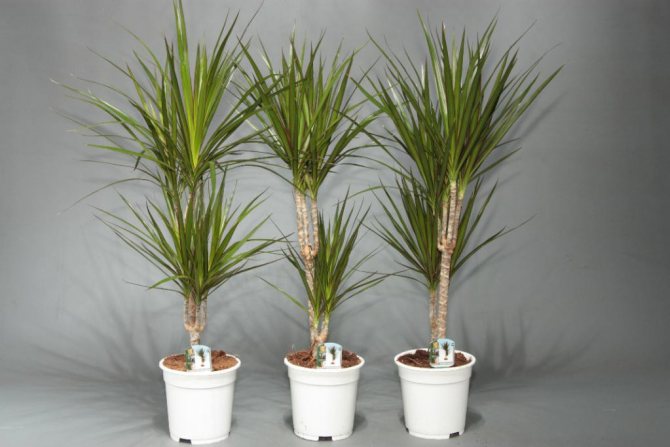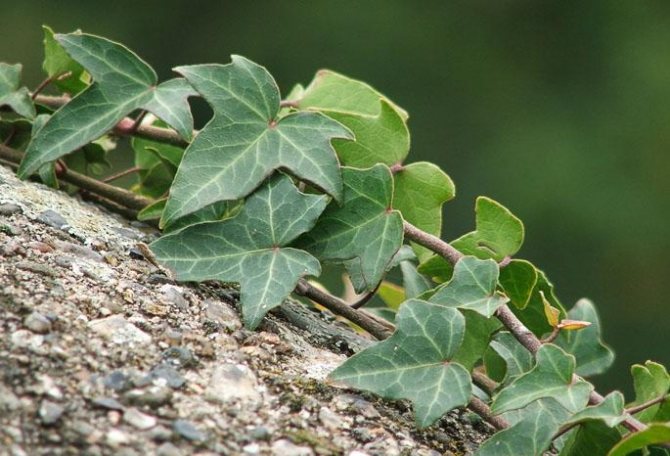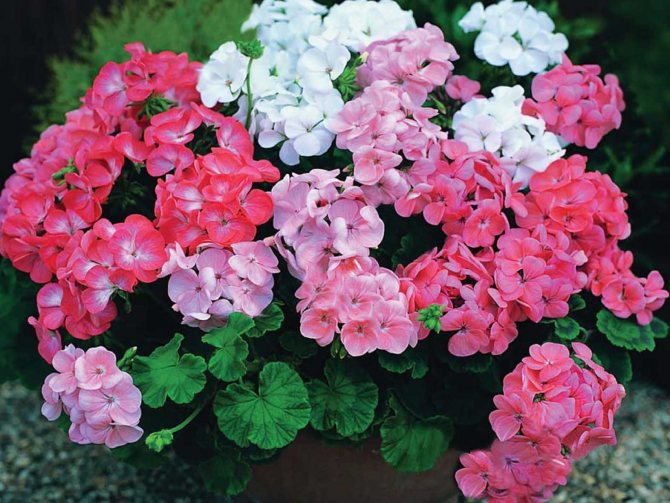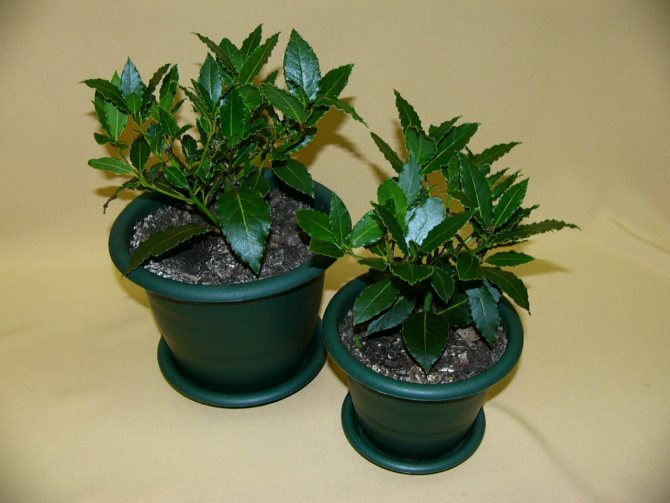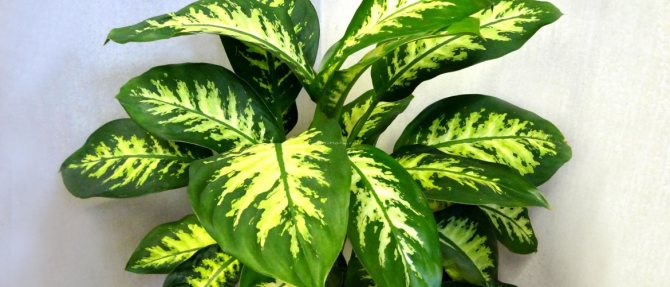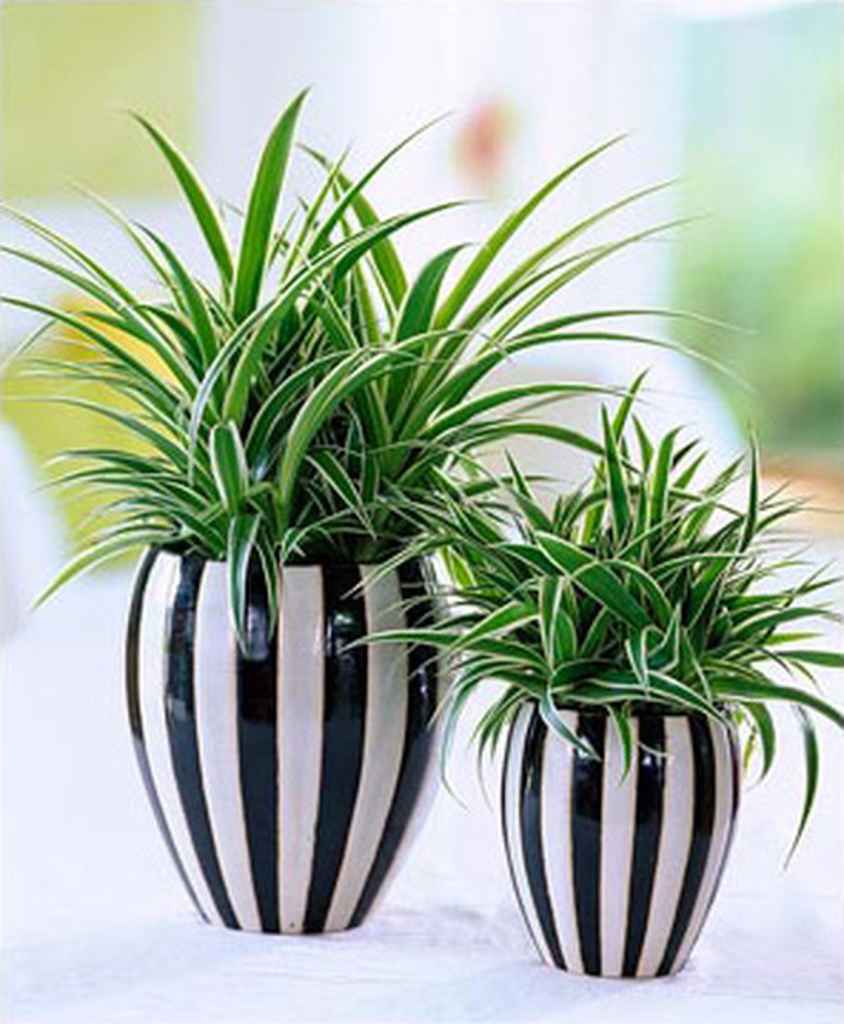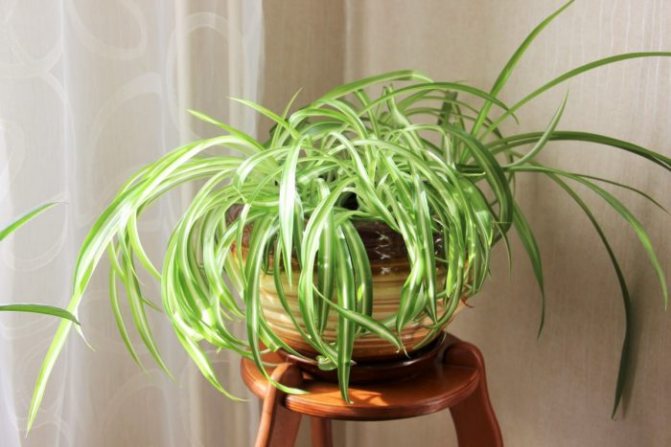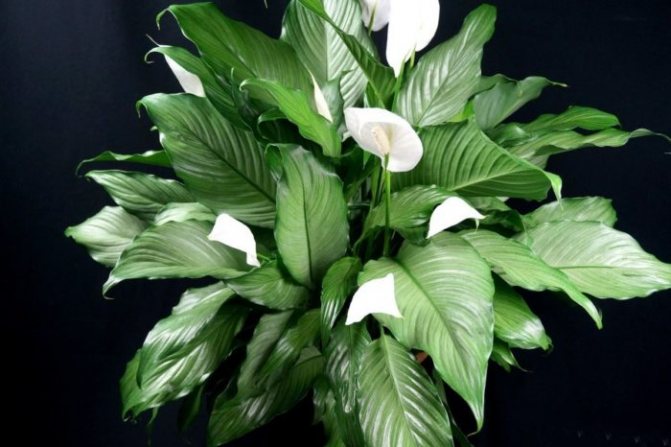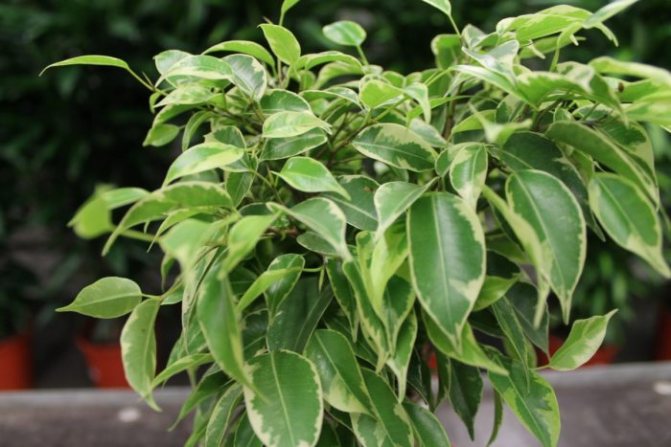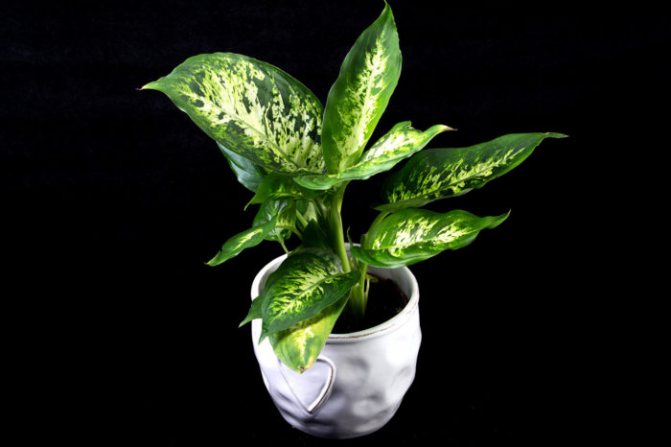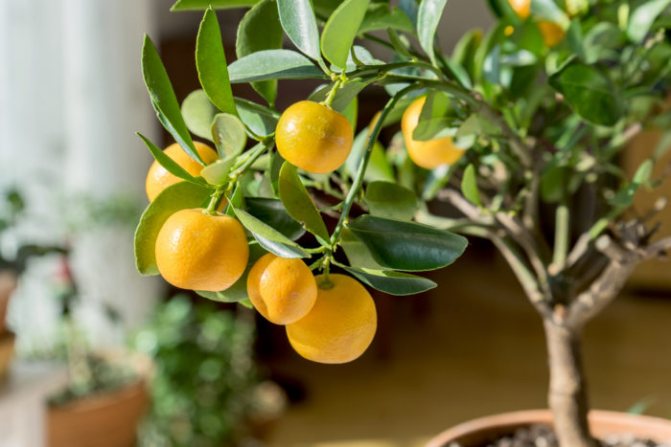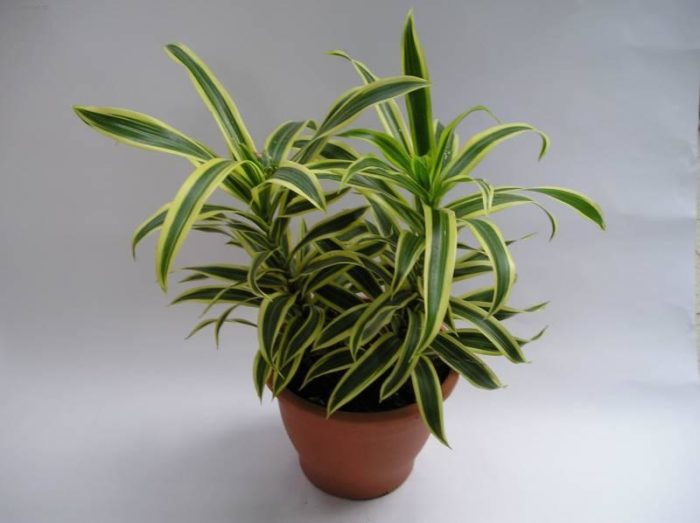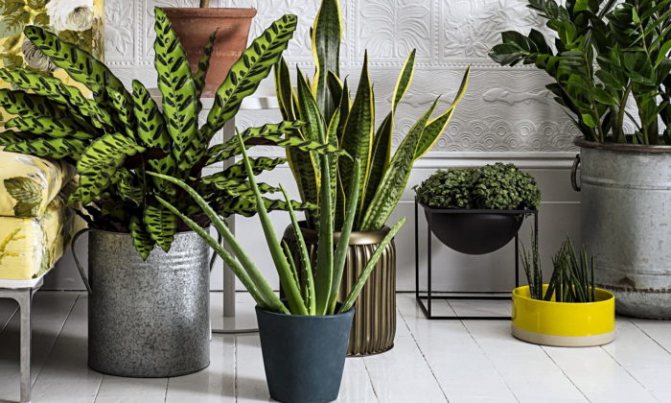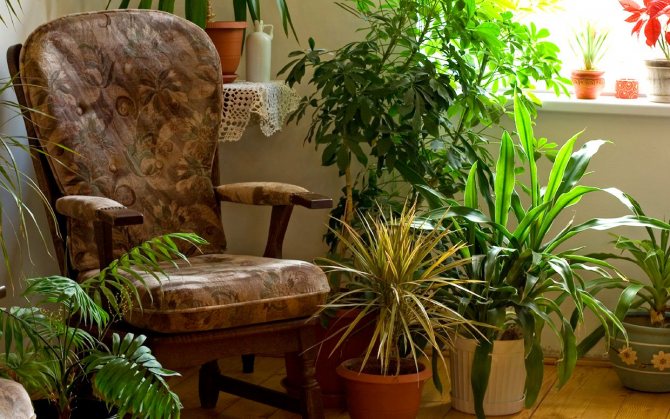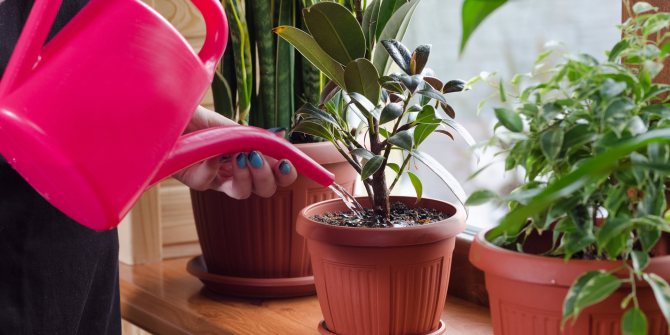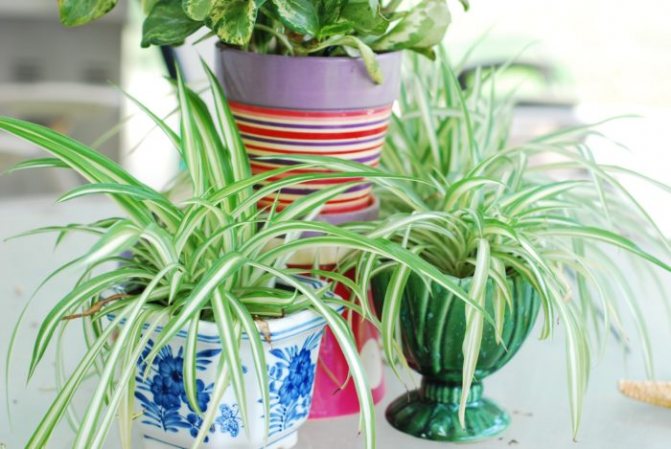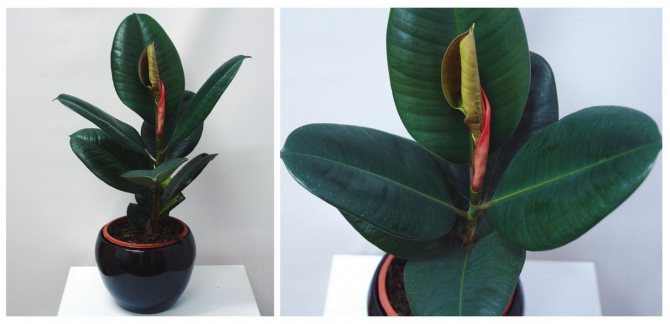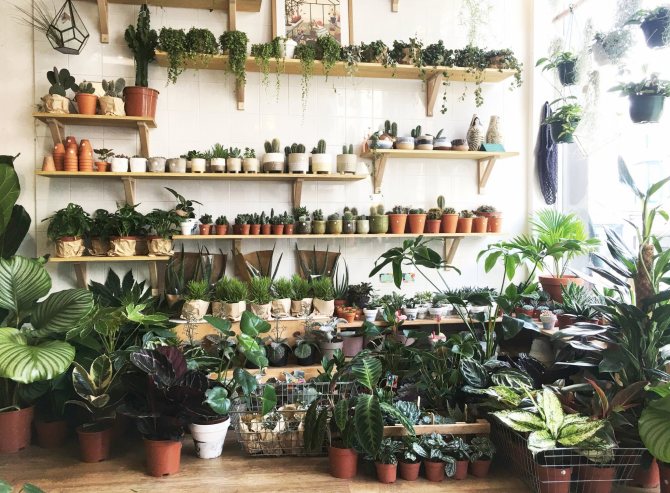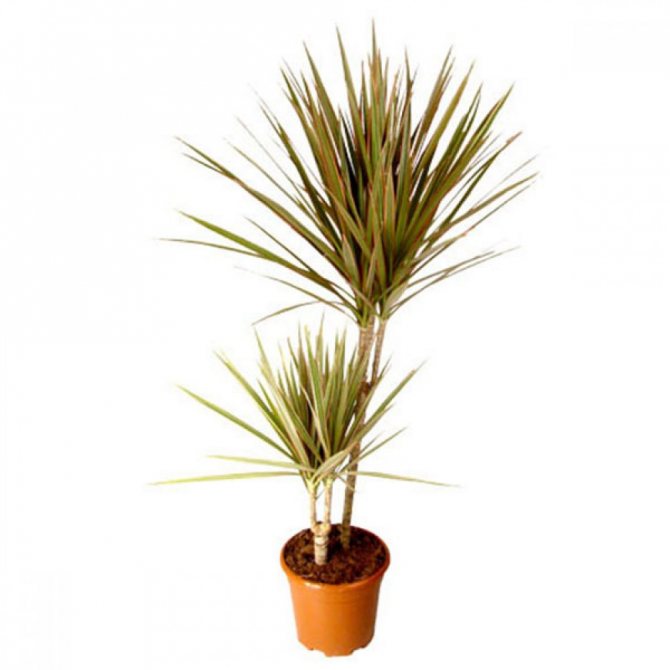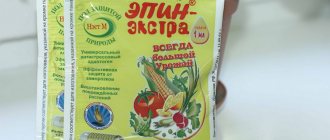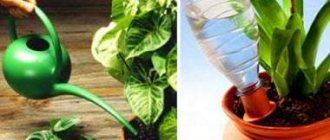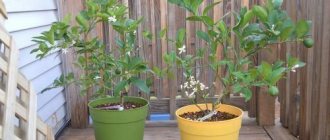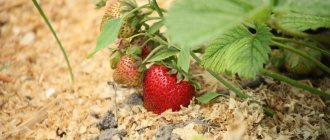It is pleasant to contemplate flowering plants in the interior of the room. Especially realizing all their usefulness. A person spends a lot of time in rooms contaminated with harmful substances. Constant stay in such rooms weakens the body's immunity, develops asthma or chronic diseases. Houseplants purify the air, improve health and have a beneficial effect on the atmosphere in the apartment. Several small pots of flowers can improve the general condition of a person.
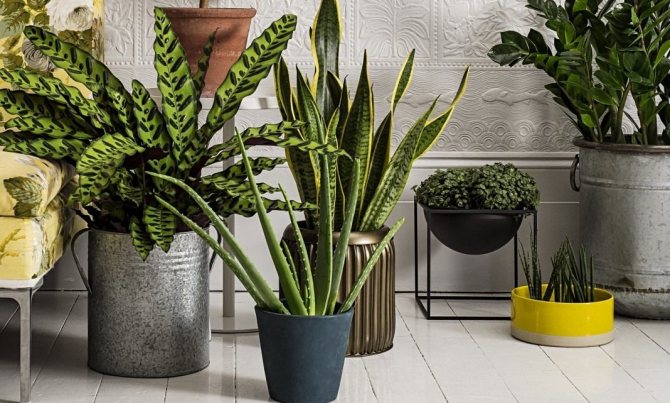
Why do you need to clean oxygen in your home?
There are 6 dangerous compounds in the air, leading to serious health problems.
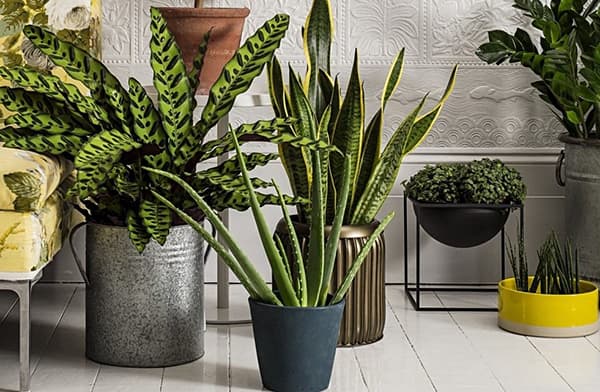

Their types:
- Formaldehyde is a colorless gas with high toxicity. It is used in the forestry industry for the manufacture of plastics and particle boards. Formaldehyde has a negative effect on the functioning of the respiratory, nervous and visual systems. This toxic substance leads to allergies.
- Trichlorethylene is found in large quantities in household cleaning compositions. It can be found in carpet cleaners, tap water, varnishes, and paint. Trichlorethylene negatively affects the liver, irritates the skin and affects vision.
- Toluene vapors penetrate through the respiratory system and affect the nervous system. When poisoning with a chemical compound, lethargy appears, the hematopoietic system is disrupted. The substance is the cause of cyanosis and hypoxia.
- Acetone in low concentrations has no effect. In large, it leads to a runny nose, irritation of the mucous membranes, nausea, sore throat. If a person constantly breathes its vapors, the skin becomes dry, cracks appear.
- Sources of benzene are cleaning compounds, varnishes, rubber, cigarette smoke. With prolonged inhalation, it affects the respiratory system, and the nervous system also suffers from it. Typical symptoms of benzene poisoning: nausea, vomiting, weakness, syncope.
- Ammonia is found in computers, detergents and cigarette smoke. Action on the body: dry cough, sore throat, chest pain.
Flowers that purify the air in the apartment, reduce the amount of harmful substances to a minimum. Many will completely neutralize these chemical compounds.
What flowers purify the air? It is necessary to buy plants that are called phytoncidoactive. These compounds destroy harmful substances, kill bacteria, fungi and protozoa.
Flowers that improve the microclimate in the apartment
When exposed to sunlight, the vast majority of indoor flora release oxygen. However, not all have the property of cleaning the air from harmful compounds.
The leaders among flowering plants that are air purifiers are:
- ficus;
- begonia;
- geranium;
- chlorophytum;
- chrysanthemum;
- gerbera;
- ivy;
- citrus;
- aloe;
- dieffenbachia;
- dracaena;
- mother-in-law's tongue (sansevieria);
- spathiphyllum, etc.
Some of the above plants grow better in polluted rooms.
Chlorophytum
A unique plant with high air-cleaning properties, as well as bactericidal activity. Being the leader among other representatives of indoor flora, chlorophytum purifies the air from almost all harmful microorganisms.Studies have shown that the plant absorbs harmful compounds by almost 100% per day and purifies the air by more than 75%. It is not at all whimsical to care for. With regular cleansing of the foliage from dirt and dust, the beneficial properties of the plant are fully manifested.
Chlorophytum does not like direct sunlight. The ideal option is diffused light.
Aloe
A widespread houseplant perfectly cleans the air in the apartment. Phytoncides absorb harmful impurities released by furniture, wallpaper or household chemicals. Aloe absorbs formaldehyde efficiently. Together with other components, it forms hazardous chemical compounds.
Aloe also has anti-cold, anti-stress properties that help relieve fatigue and prevent the development of colds.
Plant care is minimal. The main thing is not to overdo it with soil moisture. Otherwise, the plant withers.
Dieffenbachia
This flower culture is known for its air-cleaning properties. They help to neutralize harmful microorganisms as well as hazardous compounds. When carrying out repairs or located near the home of industrial enterprises, dieffenbachia will become an indispensable assistant.
Dieffenbachia is a rather whimsical flower. When purchasing it, it is important to take into account the temperature regime in the apartment, as well as the type of lighting. Favorable places in the summer are shaded areas with diffused light. In winter, it is better to move the pot to a brightly lit place.
Ivy
One of the few plants that has several beneficial properties at once.
These include:
- unpretentious care;
- a high percentage of absorption of hazardous compounds (formaldehyde, benzene, xylene);
- humidification of air in the room;
- air ionization;
- shade tolerance;
- bactericidal activity.
Ivy is able to signal the state of the air in the apartment. With insufficient moisture, brown spots appear on the leaves of the plant. Due to its properties and natural composition, medicinal products (for example, syrups) are made on the basis of ivy.
Begonia
This representative of indoor flora is a shade-loving plant that has a number of useful qualities. It moisturizes, cleanses, absorbs hazardous volatiles, and protects against electromagnetic radiation. The antimicrobial properties of begonia also help fight harmful microorganisms.
Flower care consists in moistening the soil several times a week. It is recommended to place the pot not on the sunny side, but in partial shade. It also requires high humidity. Such conditions are considered the most favorable for growth and flowering.
Chlorophytum
This houseplant is not afraid of a polluted environment. Chlorophytum is not only an interior decoration, it actively purifies the air.
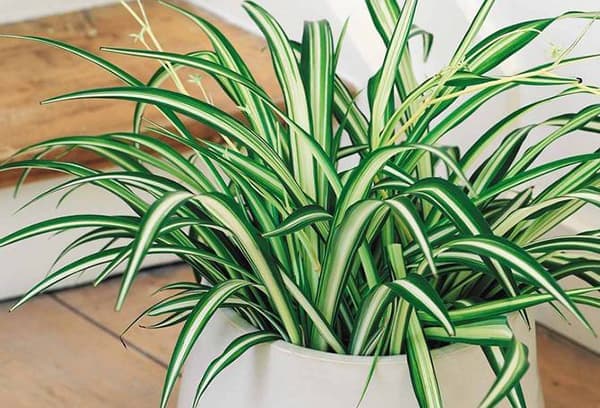

The home flower has established itself as a good fighter against dust and harmful microorganisms. It absorbs all the toxins produced by synthetic materials.
Buy an adult flower. For a three-room apartment, a few pots of Chlorophytum are enough.
What plants purify the air?
Chlorophytum
Formaldehyde is very toxic to the human body. Chlorophytum is ideal for neutralizing it. The property of this plant is to absorb a large amount of toxins released from furniture, plastic. It is especially good to place the flower in the smoking area. The plant is picky. Water should be watered 3 times a week in summer, 1 time in winter. If it so happened that the leaves of chlorophytum begin to dry, it is quite possible to restore it.
Healing aloe
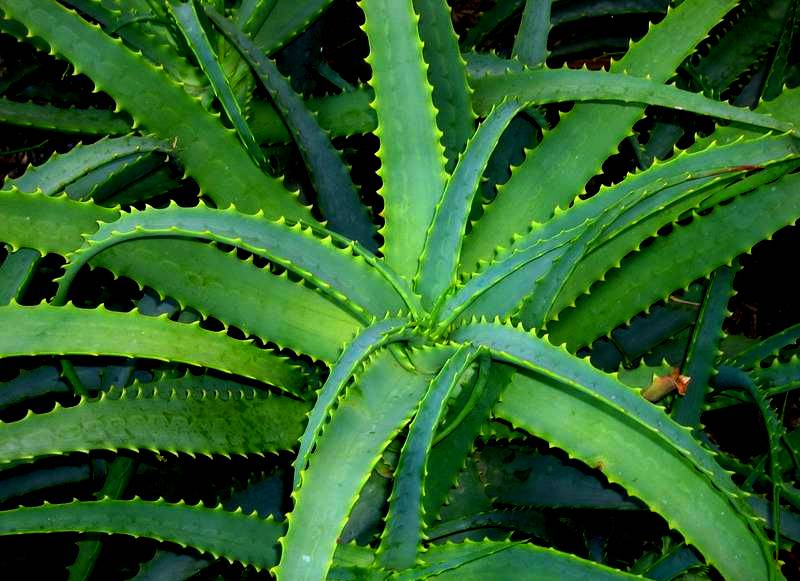

The centenary is unpretentious in cultivation, but it has a lot of useful properties.
There is no better known remedy like aloe vera.Its juice has healing properties, is rich in vitamins, and contains amino acids. Often used for colds, burns, in many cosmetics. Aloe is advised to be consumed as a biostimulant for fatigue and bad mood. This green plant is not inferior to chlorophytum in cleaning the air from chemical compounds. Does not require constant care.
Palm Areca
Areca is an ornamental palm plant. The leaves reach a height of 1.5 meters, grows quickly and does not require special care. Enough spacious and bright room. The flower should be watered when the top ball of the earth dries up. A characteristic feature of the plant is air humidification, emits a large amount of oxygen and absorbs carbon dioxide. Keeping a flower of the palm family in the house is both beautiful and useful.
Date palm
A palm tree can be in the form of a bush or a tree, the height ranges from 2 to 30 meters. The indoor palm does not exceed the mark of more than 2 m. The date comes from the tropics, loves light and abundant watering. It is necessary to take this feature into account in winter, dates need special care. You need to water it with warm water, drainage of the soil is mandatory, daily spraying and wiping the leaves with a damp cloth. You can grow at home using a ready-made seedling or from a bone. Careful care will give your home a beautiful exotic palm tree, and in return you will get clean, fresh air.
Gerbera, family Astrov
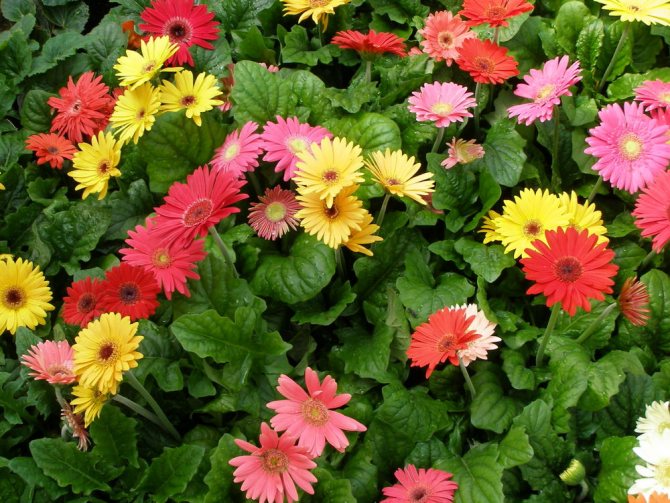

A bright plant will fill the room with a pleasant aroma.
Gerbera is a decorative and very bright flower. Her mere presence lifts the mood. Can be kept at home, even if a family member suffers from allergies. Keep in a warm place, water and fertilize often. You don't need to make much effort to care. Several pots of gerbera will spread the pleasant smell of flowers and oxygen. The plant absorbs carbon dioxide and neutralizes excess toxins.
Peperomia blunt-leaved
There are many types of peperomia. Outwardly, it is a small fluffy bush with rounded leaves of green, silver, cream and other colors. Leaves do not fall off throughout the year, provided they are well cared for. Peperomia should be kept in a bright room: away from the sun, but also not hidden in the shade. The air temperature should be 20-25 degrees. You need warm water for irrigation. Rain or snow will do. Peperomia dull-leaved destroys substances harmful to the human body. Helps with colds and gastrointestinal diseases.
Bamboo palm
Another name is chlamadorea. Another palm-like indoor plants that purify the air. It needs diffused light, a small amount of water. But from a lack of moisture, the palm tree can die. Serves as an excellent air humidifier and absorbs well such harmful substances as formaldehyde, benzene, trichlorethylene. Chlamydorrhea graceful and high chlamydorrhea popular among florists.
Nephrolepis
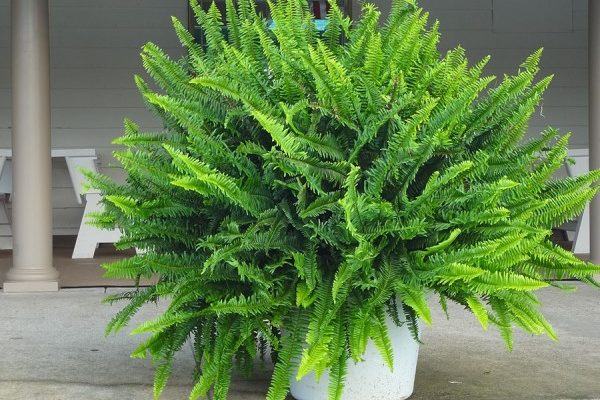

Nephrolepis is a real apartment air filter with beautiful leaves.
Fern (as it is called in everyday life) is a tropical plant that is very fond of housewives. Looks beautiful in hanging pots. It needs shade and frequent watering. The optimal temperature regime is 15-23 degrees. Fern is often used in home medicine. A tincture is made from the leaves, which helps to cleanse the body of parasites, and a mixture from the root - from varicose veins.
Nephrolepis should be placed in rooms with electrical appliances, it absorbs magnetic radiation well. It serves well for cleaning the air from dust and harmful microorganisms.
Other plants
An orange or lemon tree will fill the air space with a pleasant aroma, freshen the air and relieve stress. Citrus fruits tend to kill germs and harmful bacteria. Bonsai and ficus trees are just as useful.Perfectly cleanses harmful substances emitted from chipboard and plastic materials. It should be noted such a plant as diphenbachia, which is able to rid the air currents of staphylococcus. But its leaves are poisonous. Potentially hazardous to children and animals. The list of domestic plants is large. All of them by their nature purify the air and enrich it with oxygen. In addition, caring for plants affects the body as an anti-stress.
Spathiphyllum
"Lily of the world" is among the top plants that are cleaned in the apartment, created by NASA. The flower absorbs toxic vapors of toluene and xylene.
In order to eliminate all harmful substances, spathiphyllum must be properly looked after. Remove dust from the plant every day. If this is not done, the pores are clogged, the leaves will not release well the substances necessary to purify the air in the apartment.
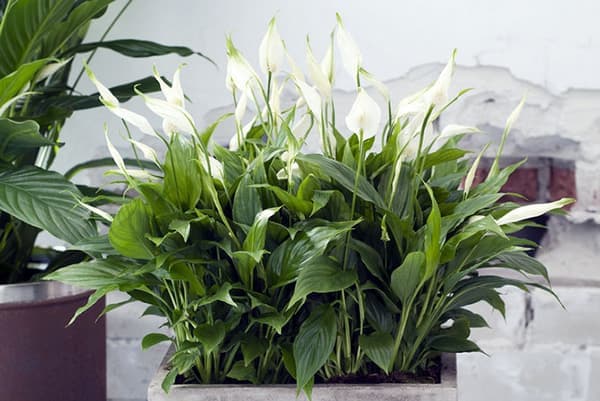

Houseplant properties
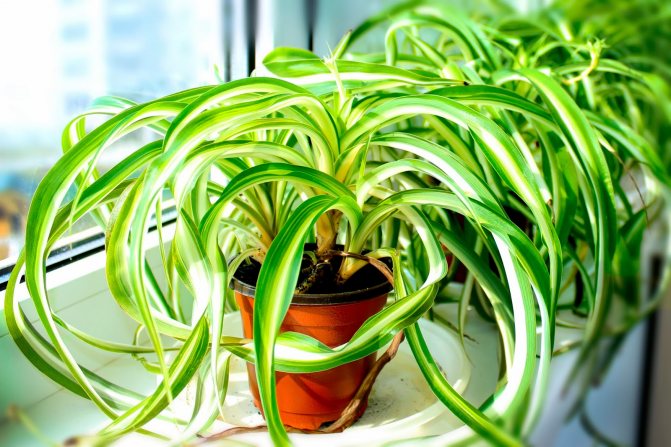

In the course of numerous studies, it has been found that houseplants have a number of beneficial properties. They are beneficial not only from an aesthetic point of view, but also from a medical point of view. At the same time, it is not necessary to create a whole greenhouse in an apartment. Only a few plants will do for air purification. It is important to know which representatives of the flora have these properties.
What are the benefits of home flowers?
They have a number of useful qualities:
- They purify the air, and also prevent the multiplication of viral, bacterial and fungal microorganisms in the apartment.
- Participate in the process of photosynthesis throughout the day. As a result, plants actively absorb carbon dioxide.
- Essential oils are isolated. They help improve well-being, reduce irritability and normalize heart function. The prominent representatives of this group include the well-known geranium.
- Increase the humidity in the room.
- Absorbs electromagnetic waves passing through them.
The ability to purify the air is achieved due to the release of volatile substances (phytoncides). They are capable of spreading within a radius of several meters. This makes it possible to improve the microclimate in the apartment due to just a few plants.
The most active in the production of phytoncides is possessed by a healthy flowering plant, over which proper care is carried out. Fragrant flowers with dense foliage are a great option. Sick wilted specimens are of minimal benefit. Sometimes they have the opposite effect.
Sansevieria
"Mother-in-law's tongue" is an unpretentious plant. The length of the leaves reaches 1 meter with proper care. The flower neutralizes harmful particles, utilizes bacteria and enhances the immunity of the inhabitants of the house.
Sansevieria releases a large amount of oxygen, normalizes metabolism and absorbs negative energy. "Mother-in-law's tongue" is a real home assistant in the fight against polluted oxygen.
Place sansevieria next to computer equipment. It contains a lot of ammonia.
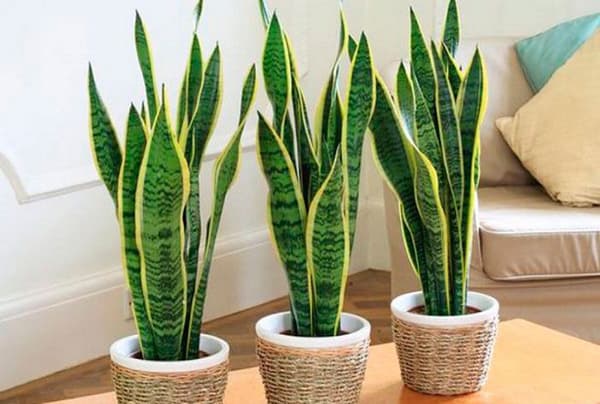

Chlorophytum for air purification
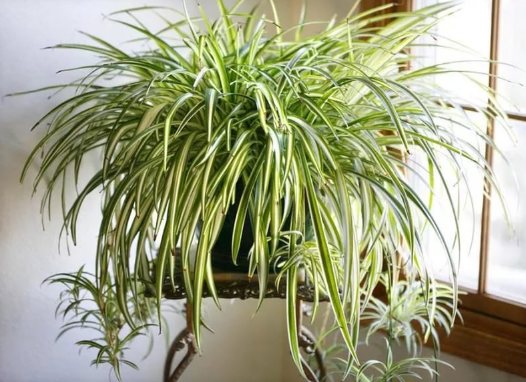

At first glance, not the most presentable representative of indoor plants, it takes first place on my list. Chlorophytum is a truly irreplaceable plant, it is able to purify the air in a room by 70% per day, scientists sometimes compare its effectiveness with full-fledged washes and air purifiers.
Chlorophytum is able to effectively fight bacteria and microorganisms, becoming a "green filter", protects against allergic and infectious agents. Chlorophytum humidifies the air, so it is indicated in dry areas and during the heating season.
It would seem, which is much better? But you can add activated carbon to the earth, and this will further strengthen all processes. The worse the air, the more intensively the chlorophytum works.
Chlorophytum care minimum.There is no more unpretentious plant, it is almost impossible to ruin it. It grows well both in the sun and in the shade, requires moderate watering, but it will not dry out if you forget about it for a week.
Cleans from: benzene, formaldehyde, carbon monoxide, xylene, etc.
Bamboo palm
Hamedorea is in the top of the most useful flowers for the home. And not only because it removes harmful chemical compounds from the air.
Hamedorea reduces the harmful effects of electromagnetic radiation from a computer. They put a bamboo palm tree on the windowsill for several hours a day so that the sun can reach it.
Does not require frequent watering. Suitable for those who do not like plants, but want to purify oxygen in the room.
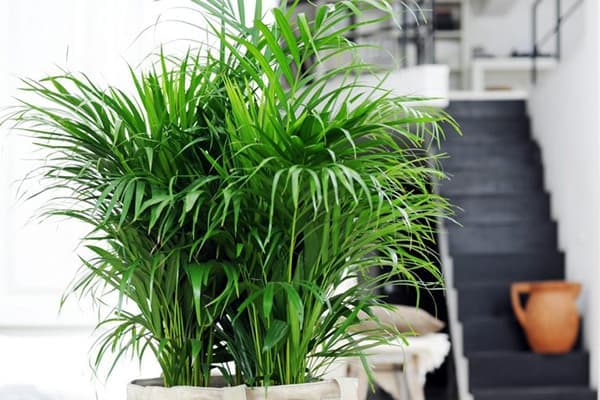

The benefits of plants in the apartment
Plants located on the windowsills, in special flower beds - not only delight the eye and serve as a real decoration of the room, raising the mood. They are also great protectors that purify the air at all times. This has an extremely beneficial effect on the health of all the inhabitants of the apartment - from small to large. If there are flowers in the house, all household members normalize their blood pressure, increase attentiveness, concentration, increase productivity and reduce anxiety.
Gerbera
Gerbera is most often used as a decorative color for interior decoration. If you take care of her correctly, then she will delight with unsurpassed colors. Gerbera perfectly cleans the air from trichlorethylene, which is a part of paints, finishing dyes and adhesives.
Studies have been carried out in which, in addition to gerbera, many more plants were used. Tests have shown that the plant is good at eliminating toxic substances from glue, neutralizing the effects of benzene and harmful components from petroleum products.
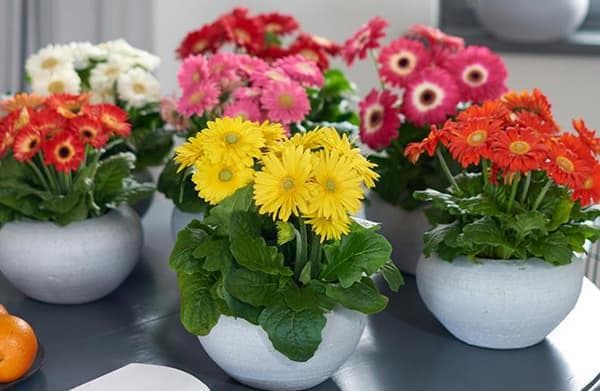

Garden chrysanthemum (Mulberry chrysanthemum)
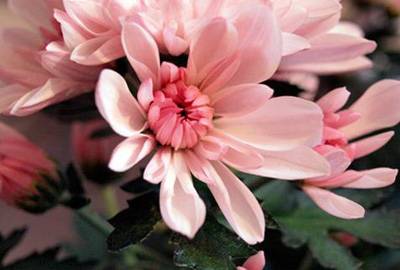

Colorful chrysanthemum flowers are capable of not only decorating a home office or living room. They also remove benzene from the ambient air, which is commonly found in adhesives, paints, plastics and detergents. This plant loves the bright light it needs for bud development, so if you want to grow it at home, you need to find a place near an open window with direct sunlight.
Begonia
This flower also belongs to a group of plants that remove harmful substances from the air.
The cleaning factor of begonia is 6.9. The leaves attract dust to themselves, remove germs and fungus, cleaning the room from harmful compounds that have entered the air when using household chemicals.
It is enough to sprinkle begonia from a spray bottle to start working like an eco-vacuum cleaner, absorbing toxic substances in the house.
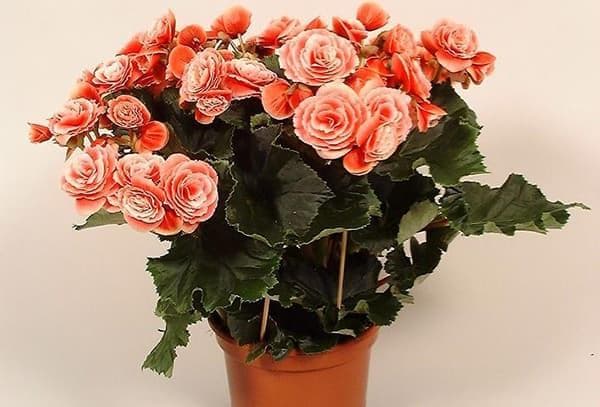

Epipremnum golden (Scindapsus golden)
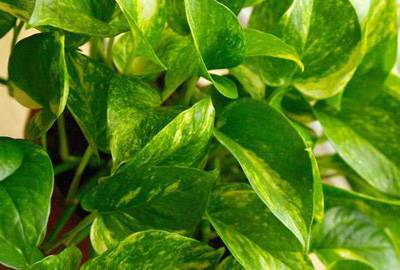

Another powerful plant that absorbs formaldehyde. It is a fast growing climbing plant that forms an attractive cascade of green leaves peeking out of a hanging planter. Consider putting it in your garage, as car exhaust fumes are saturated with formaldehyde.
Fun Fact: Golden Epipremnum, also known as Devil's Ivy, remains green even when stored in the dark.
Laurel noble
Breathing will be easier if you buy this houseplant. With its help, air is purified, oxygen is saturated with useful microelements.
Laurel is a tree, it requires abundant watering in summer, especially if there are a lot of leaves. The plant does not like cold weather and drafts, so it is kept away from windows in winter.
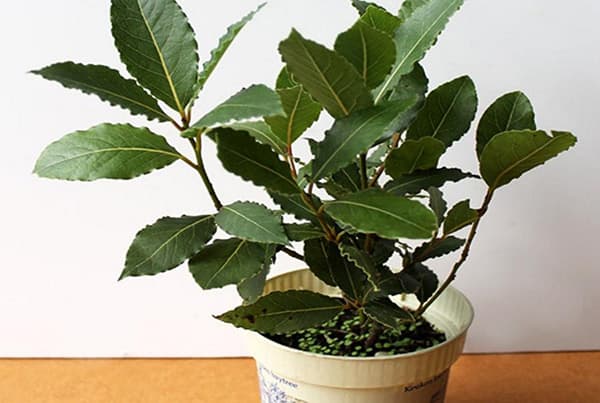

Key recommendations
Experts recommend taking into account the peculiarities of indoor plants when creating a home greenhouse. This will avoid possible negative effects on human well-being and the body as a whole.
Before purchasing air-purifying flora representatives, it is important to consider some expert advice:
- Care for your plants to maximize air purification and oxygen production. Flowering specimens do the best job of all. Withering plants cannot boast of bactericidal activity compared to their healthy counterparts.
- In order to prevent insomnia in the bedroom, start 1-2 indoor plants that are capable of producing essential oils (for example, pelargonium). However, for people with a predisposition to allergies and individual intolerance, it is better to refuse such representatives of the home flora.
- Decorate your kitchen with cleaner plants. This will actively absorb smoke, odors and soot.
- Carefully look after the flowers (water and wipe the leaves from dirt and dust particles in time).
Keep in mind that at night, flowers can reduce the oxygen content in the apartment. Therefore, try not to plant a lot of flower arrangements in a sleeping area.
Plants that clean the air are a godsend for people prone to respiratory diseases. By choosing the right "green filter", you can also significantly improve the microclimate in the apartment.
Dieffenbachia
Cleans the air in the house from formaldehyde, xylene, benzene and trichlorethylene. This plant loves partial shade, but needs bright lighting in winter. The tree does not like too hot or too cold microclimate.
The ideal temperature in an apartment should be 17 degrees for the plant to do its job. Dieffenbachia does not like dryness. Water it more often, especially in the spring and autumn period.
It is recommended to buy it for those who live near highways, in an industrial urban area.
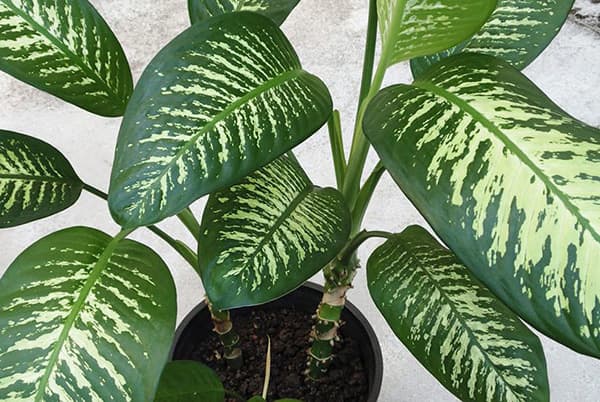

Indoor plants that can purify the air in the house:
Bamboo Palm (Hamedorea) - A breath of tropical air. This plant is also called the Areca palm. Helps to filter: carbon monoxide, formaldehyde and xylene.
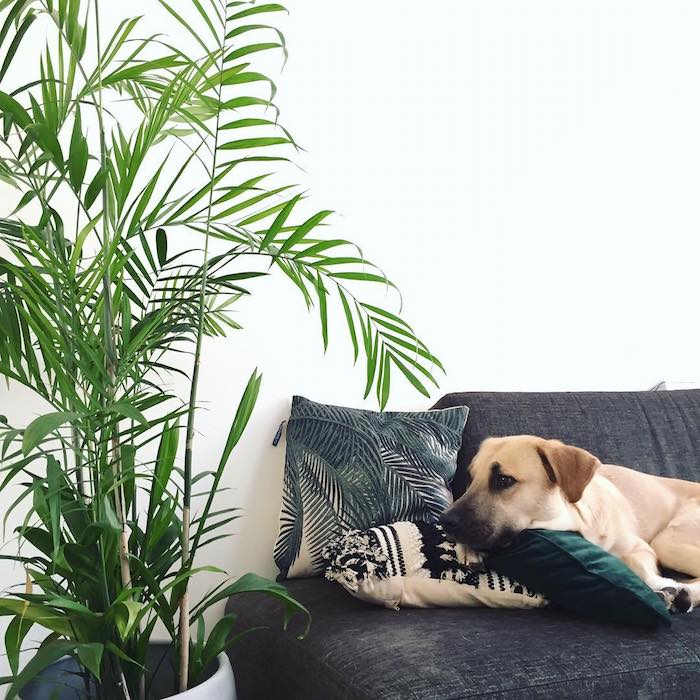

Barberton Daisy (Gerbera Jamsonia) - Who said that the most useful plant cannot be beautiful yet? Helps to filter: formaldehyde, trichlorethylene and xylene.
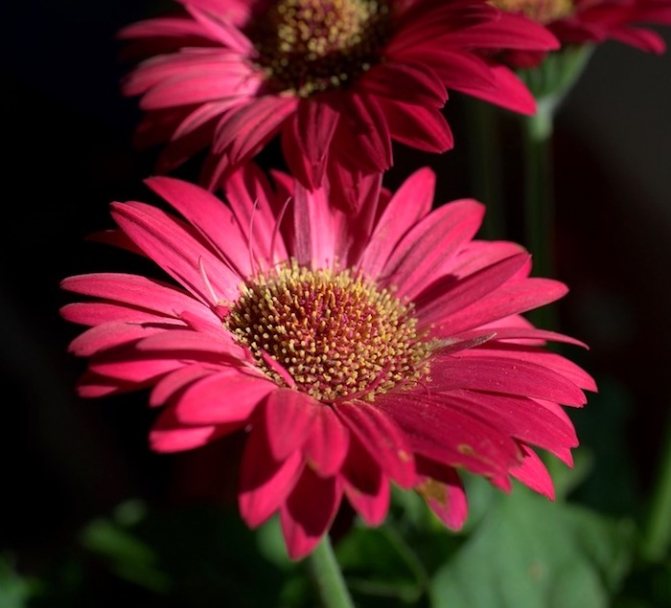

Lady Broadleaf Palm (Shefflera Rapis) - Designed specifically for darkened areas, often attracts butterflies when planted outdoors. Helps to filter: ammonia, carbon monoxide, formaldehyde and xylene.
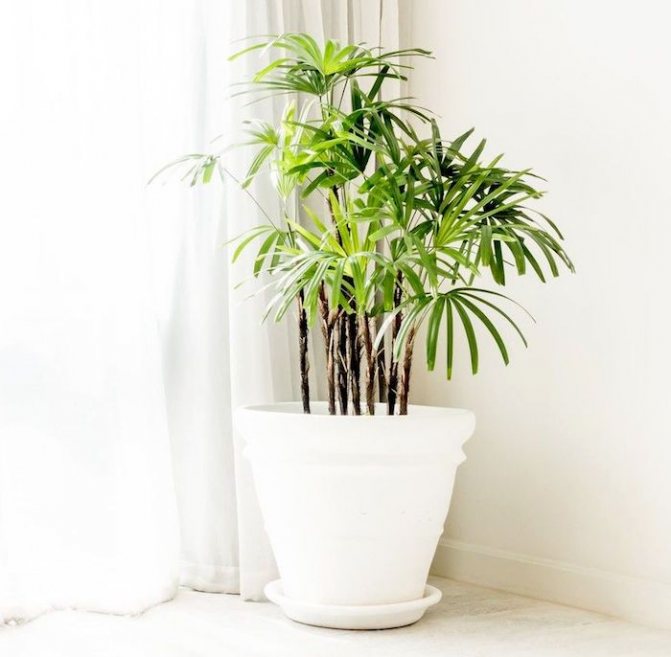

English ivy (Getera Felix) - It grows in the form of an impressive waterfall cascade. Helps to filter: almost everything - benzene, carbon monoxide, formaldehyde, trichlorethylene and xylene.
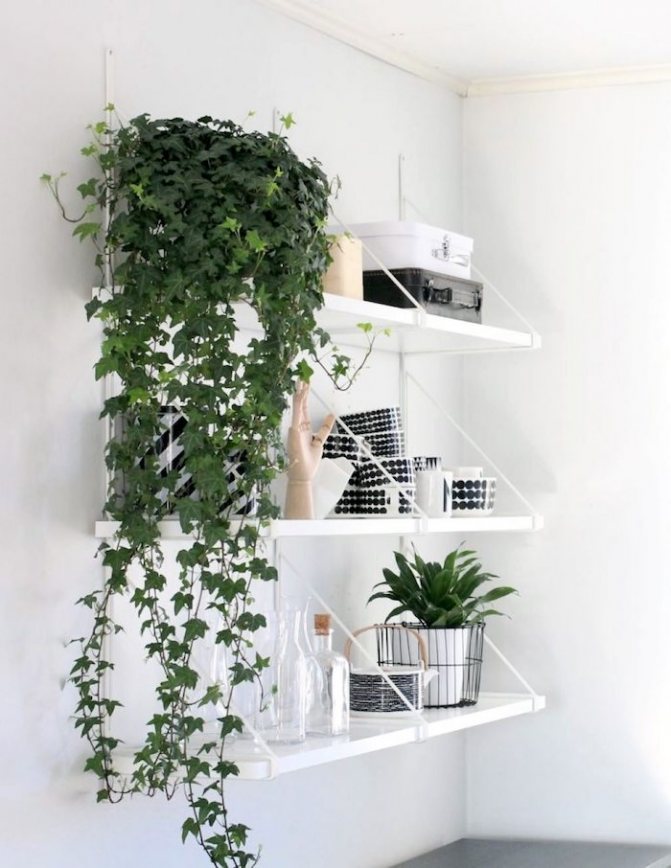

Golden Potos (Epipremnum golden) - Its other name is Devil's Ivy, however, this does not appear in its appearance and behavior, even if you forget to water it or give it light. Helps to filter: benzene, carbon monoxide, formaldehyde and xylene.
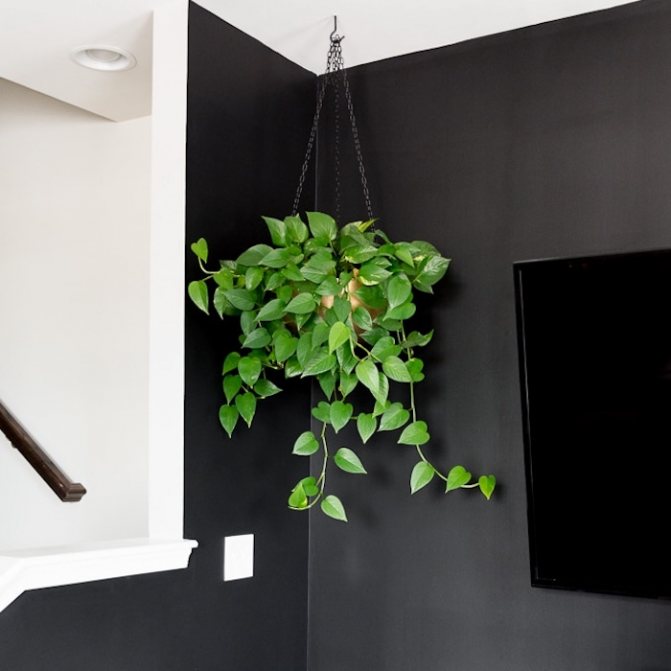

Peaceful lily (Spathiphyllum) Also known as Mauna Loa, the plant loves a lot of moisture, making it a good choice for a bathroom.
Helps to filter: as with English ivy, lily - filters out ammonia, benzene, formaldehyde, trichlorethylene and xylene.
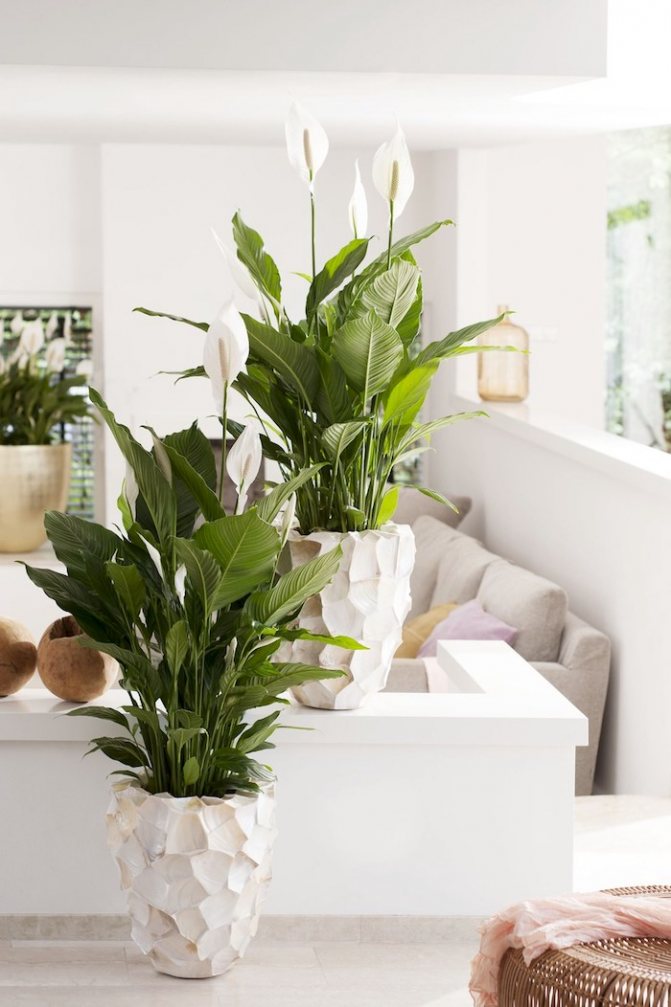

Red Dracaena (Dracaena marginata) - Leaves with colorful edges are an elegant addition to any room. Helps to filter: benzene, formaldehyde, trichlorethylene and xylene.
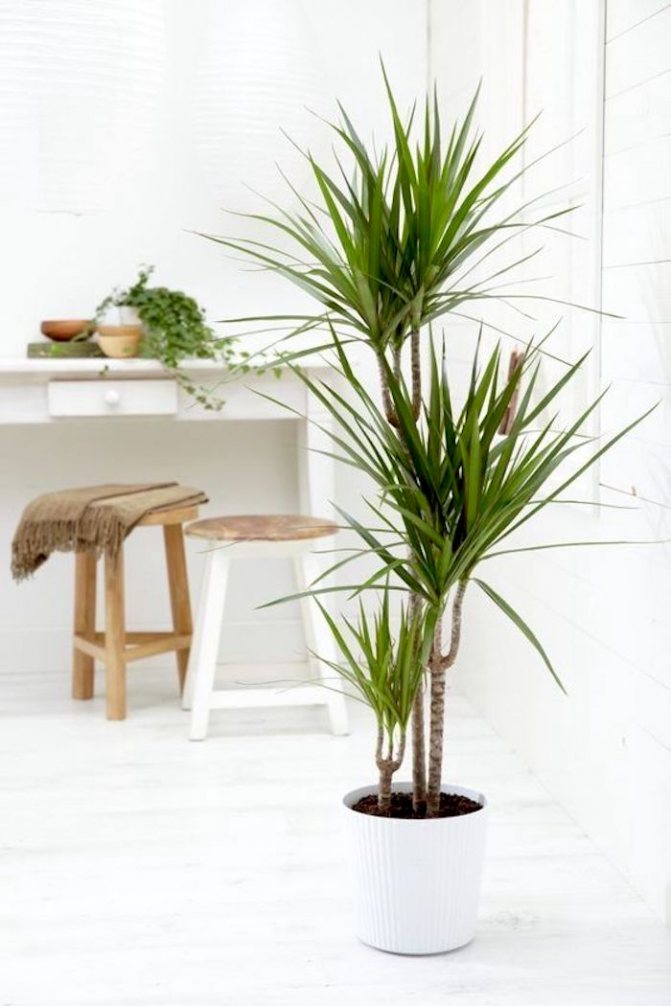

Ficus rubber (Ficus elastica) - Its wide leaves help to better clean the air. Helps to filter: formaldehyde, mold spores and bacteria.
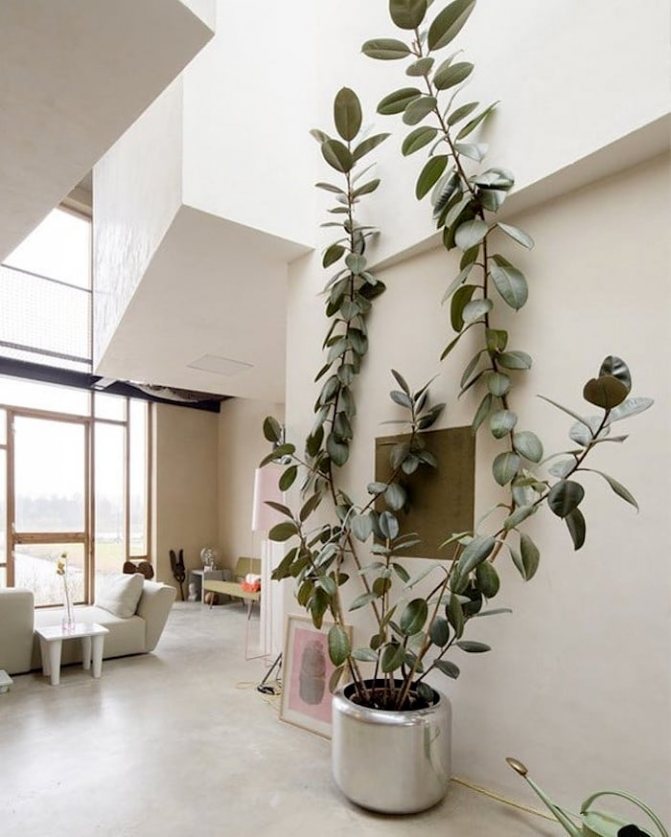

Mother-in-law's language (Sansevieria three-lane) - Unlike most plants, this member of the Agave family releases oxygen at night, not during the day, so it is ideal for bedrooms. Helps to filter: benzene, formaldehyde, trichlorethylene and xylene.
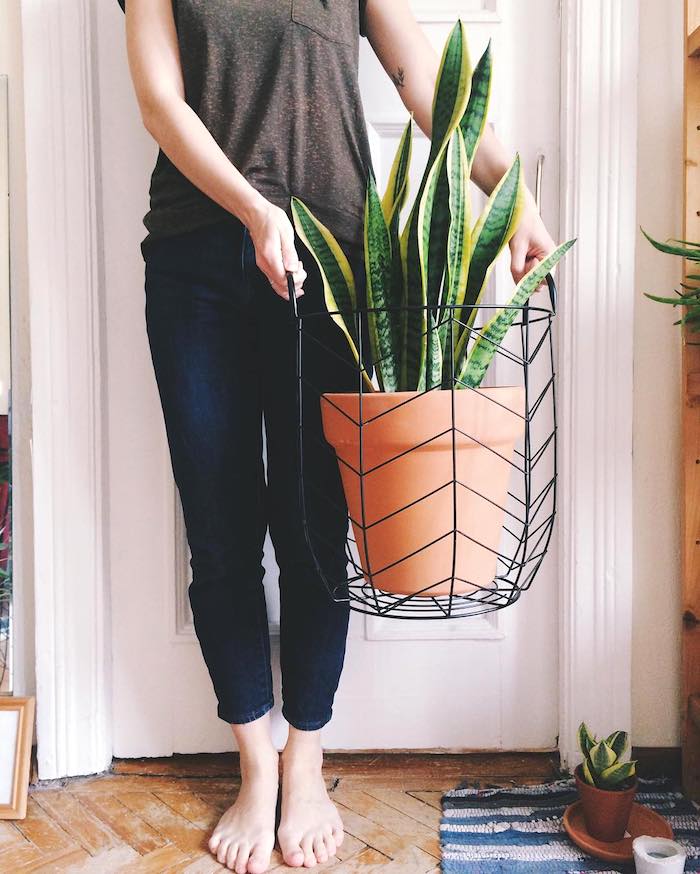

Spider plant (Chlorophytum comosum) - One of the most relaxed and easy to care for plants. Helps to filter: carbon monoxide, formaldehyde and xylene.
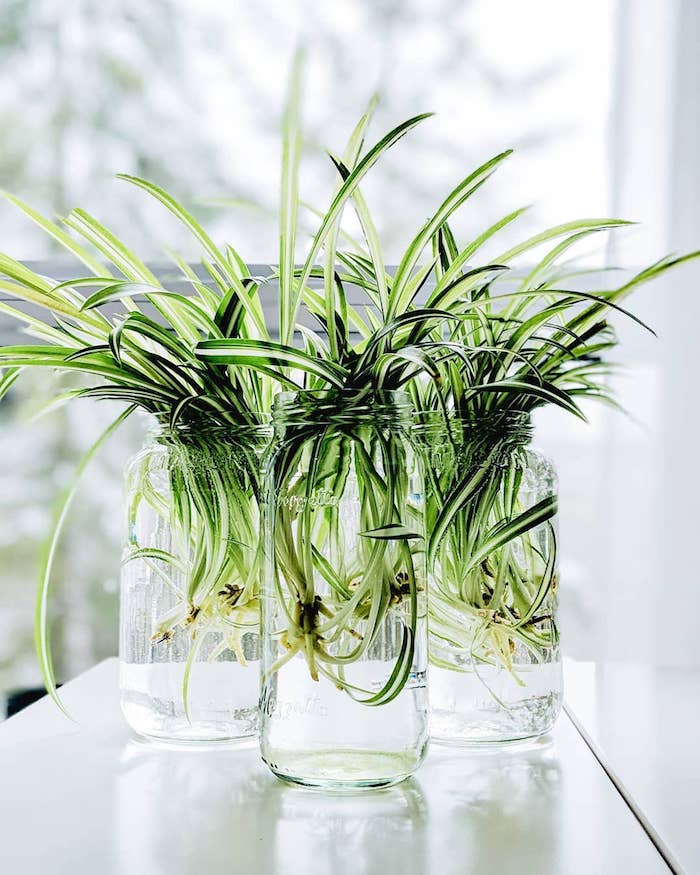

Follow us on Pinterest for even more inspiration.


Dracaena
Dracaena does not need special care. The plant is bought in offices and shopping centers to cleanse the premises of harmful chemicals.
It filters the air by destroying compounds such as benzene and formaldehyde. Dracaena is considered a little toxic, so they put the flower in places inaccessible to children and pets.
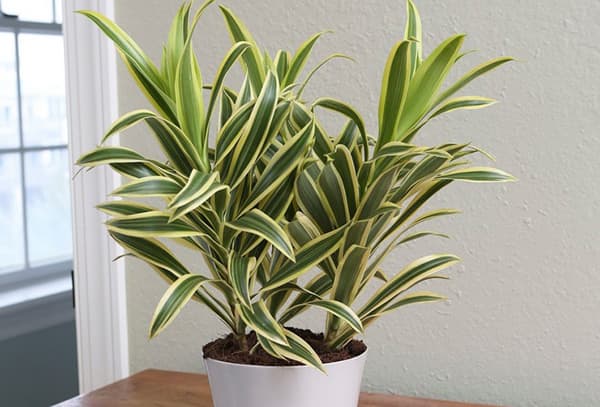

Azalea (Rhododendron Sims)
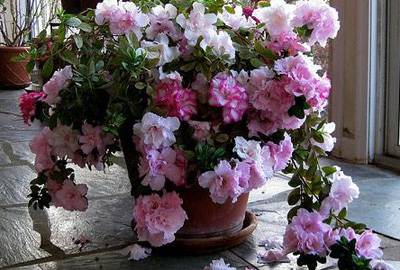

Bring this lovely flowering shrub into your home to combat formaldehyde from sources such as plywood or insulating foam. Since azalea works best in cool places with temperatures around 15-18 degrees, this is a very good flowerpot for improving indoor air quality in a basement or basement room, if you can find a place for it there.
Aloe
Aloe not only cures many skin diseases, it purifies the air from formaldehydes and reduces the content of protozoa in it.
This plant is unpretentious to care for, grows slowly and loves partial shade. Aloe should not be left on the balcony in winter. The plant does not tolerate temperatures below 12 degrees. It will freeze.
Watering aloe should be done carefully. It is impossible for water to get inside the outlet, otherwise the stem will begin to rot.
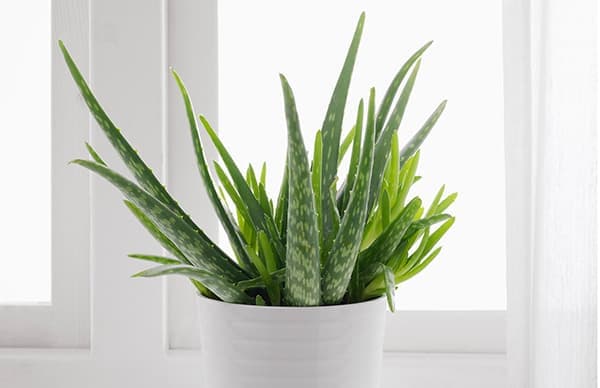

Dracaena deremskaya (Dracaena Varneki)
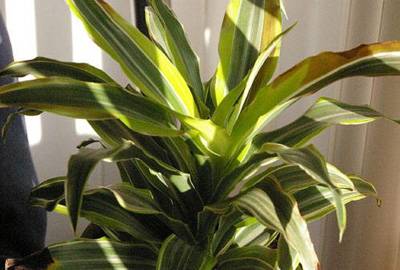

Dracaena fights pollutants released into the air by varnishes and oils. Dracaena Varneki grows easily indoors, even without direct sunlight. Due to the presence of striped leaves, forming lush bunches on a thin stalk, this plant can look very impressive, especially if it reaches its potential height of 3.65 meters.
Output
In modern life, a person is surrounded by many things made with varnishes and glue. There are plastic and rubber parts in the surrounding objects. They all release harmful chemicals into the air.
Growing indoor plants that purify and humidify the air indoors, you can protect your home from hazardous vapors and create a favorable microclimate. The more plants in the apartment, the cleaner the air in it, and the more comfortable it looks. Therefore, choose plants that purify the air from our list to create a comfortable and safe atmosphere in your apartment.
Which home flower is moisturizing?
Even clean air can be unpleasant. For example, if it is too dry. At the same time, there is no need to buy expensive moisturizing devices, because you can always use natural moisturizers.
These plants include:
- ficus;
- aloe;
- betel nut;
- dull peperomia;
- decorative bamboo;
- nephrolepis;
- aglaonema;
- dracaena;
- sheffler.
In order for plants to give beauty and benefit, they need to regularly pay attention to create conditions that are comfortable for growth. Only in this case, the indoor flower will begin to fulfill its functions, making it more comfortable.
5 / 5 ( 1 vote)
Aloe vera
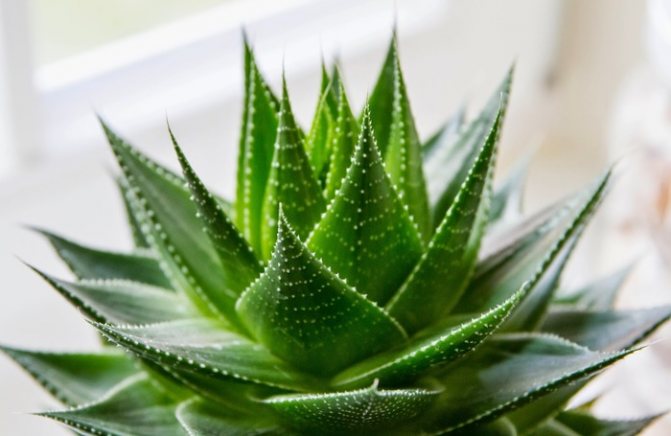

Aloe is a succulent, the medicinal properties of which have been known since antiquity: aloe juice is used to increase immunity and fight viral diseases, with burns and ulcers, to improve appetite, as a general tonic. But it turns out that the fact that aloe is just in the room is beneficial. Aloe has the ability to trap formaldehyde from the air - a harmful compound that is released from furniture made of chipboard and MDF.
Nephrolepis
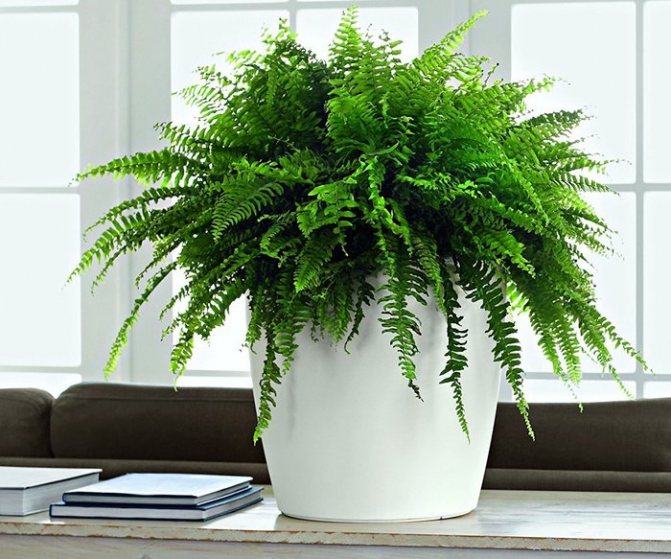

Also known as fern, nephrolepis grows well at home. He loves shade and good watering. Nefprolepis is very beautiful and looks good in hanging pots. It was included in our list of air-purifying plants because it is able to filter toluene and formaldehyde from the air, as well as kill pathogenic microbes.
For small apartments
Next on the list is Aglaonema Moderate. Aglaonema's cleansing properties are legendary, gardeners love it for its unpretentiousness and beautiful red fruits that adorn the flower in the period from October to November.
Flower care is extremely simple, she loves water and diffused light. It is worth watering it when the topsoil is slightly dry.
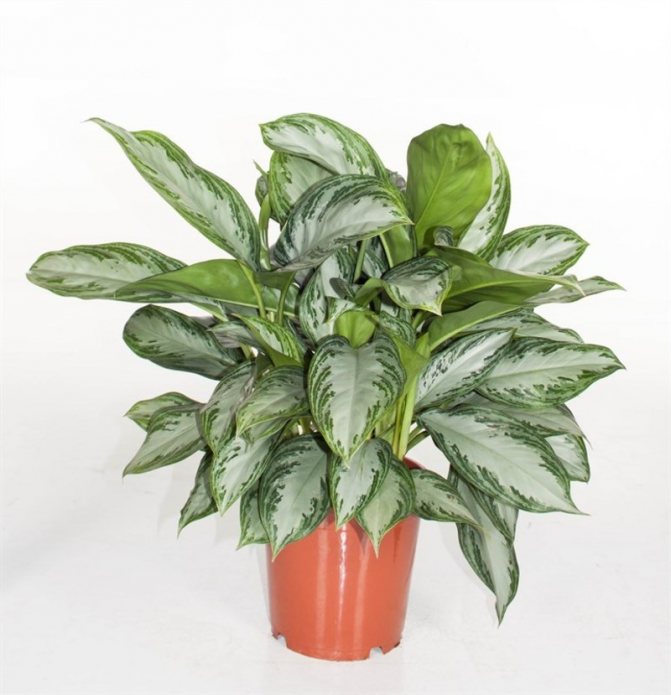

Another flower that should receive our close attention is Ficus rubbery or Ficus elastica. A great solution for small apartments, Ficus does not take up much space, so it is quite possible to put the plant on the windowsill. Watering is required only when the soil is dry. In addition, it is necessary to periodically wipe the wide leaves of Ficus.
A must-have plant in every home is the beautiful Aloe, it rightfully deserves the title of one of the most versatile plants. These are not only flowers for cleaning the air in the apartment. The juice of this amazing plant helps with colds, you just have to drip it into your nose. If you are hurt, and the wound cannot heal for a long time, it is worth attaching a cut aloe leaf to the affected area - the results will pleasantly please you.
It is worth noting the extraordinary type of plant with a thick low stem, which is planted with wedge-shaped succulent leaves. Aloe loves light and water, so you need to find a place for him where the light will come constantly, frequent watering is also encouraged.
Not only beauty, but also benefit
Begonia is a peculiar plant. This beauty is rightfully the favorite of gardeners. This flower is very jealous, therefore, immediately after the appearance of the beauty at home, she needs to allocate her place, where she will always stand. Begonia loves light and water, but high temperatures can harm it, the flower should be kept in conditions close to 18 degrees. Water for watering begonias must be defended.
Sansevieria or mother-in-law's tongue: this unusual flower should be placed in rooms where children are most often present. The fact is that Sansevieria has properties that adversely affect the causative agents of diseases such as:
- pneumonia;
- endocarditis;
- scarlet fever;
- sore throat, etc.
The risk of getting sick with the above diseases drops sharply if the mother-in-law's tongue is located in the room. Sansevieria is unpretentious, but still does not like too frequent watering, it should not be poured in any way, from this the flower may die. She is dismissive of temperatures, she practically does not care where she stands, but it will still benefit her if you put her on the windowsill.
Indoor geranium or pelargonium is another option for placing in a nursery, it also copes well with the destruction of pathogenic bacteria, and also pleases with its gorgeous appearance. The peculiarity of this flower is in its beautiful exquisite bloom, an experienced hostess can easily fit geranium into any interior.
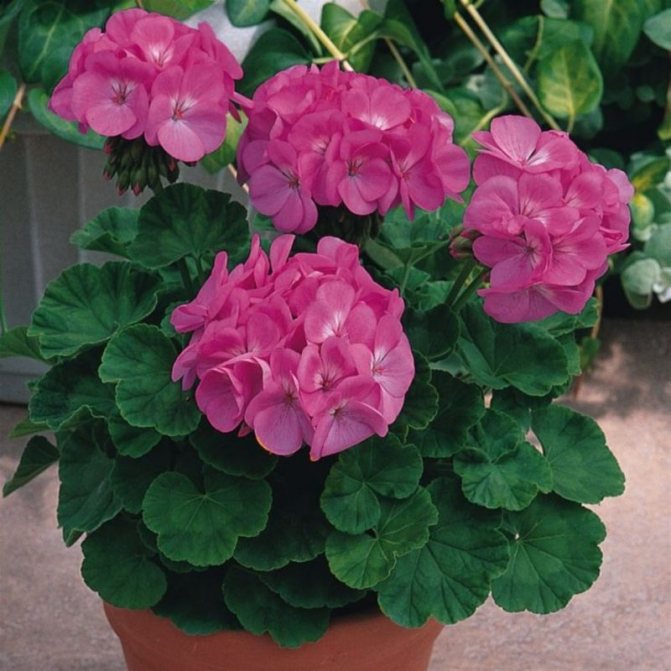

Pelargonium must be placed in the place where the sun gets in without unnecessary problems, the well-being of this plant lies precisely in it. If there is little light, then the flowering of geraniums will be extremely rare, and the leaves are faded and small. It is also necessary to water and drain the plant abundantly.
An extravagant gerbera flower can delight not only the eye, it can perfectly purify the air. The flower loves warmth and light. It is best to put it on a windowsill and not remove the gerbera when you ventilate the room.Water for irrigation should be well settled, and also should not be cold or hot: slightly warm water will satisfy the gerbera. The soil should always be slightly damp. If all these conditions are met, then the plant will delight for a long time with its flowering and cleansing properties.
Which ones are good for the lungs?
There are many plants that improve air quality and make it more beneficial for the lungs. These include:
- Peppermint. It secretes bactericidal phytoncides that cleanse the air from pathogenic microflora. In addition, its aroma has a calming effect, relieves stress.
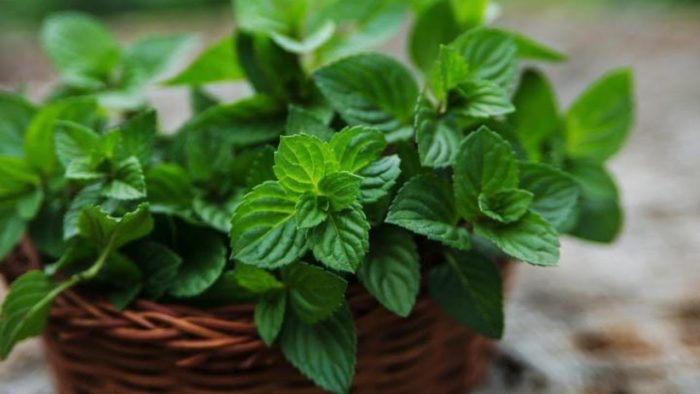

- Myrtle. A small tree secretes beneficial substances that have a beneficial effect on the entire respiratory system. For example, in case of respiratory diseases, they facilitate breathing, relieve attacks of suffocation.
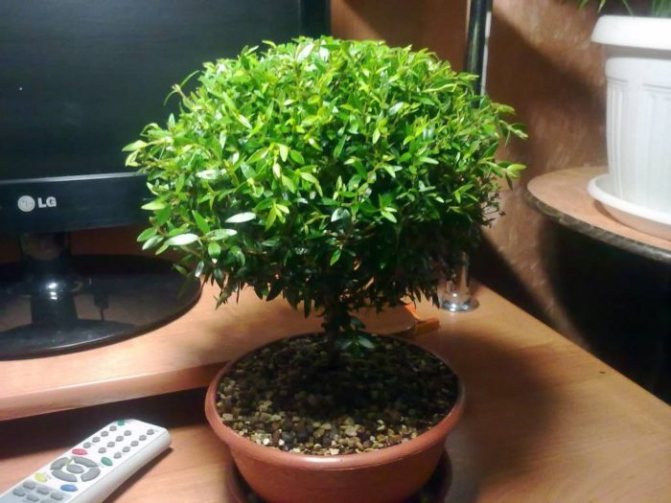

- Laurel. The plant secretes special substances that fight microbes. It has a positive effect on the lungs, protecting a person from various diseases of the respiratory system.
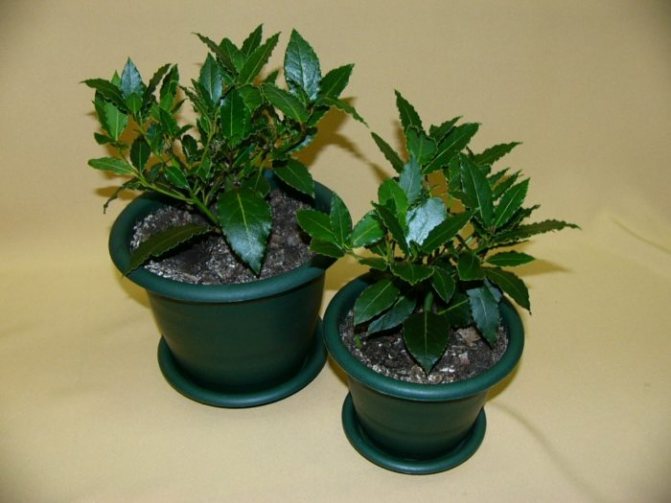

- Hamedorey. It has a positive effect on the condition of the lungs, especially in people who live near busy highways (this culture destroys the toxic elements of exhaust gases).
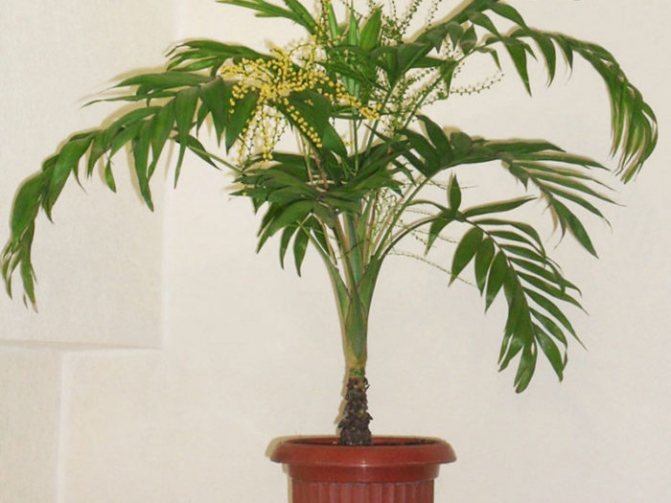

- Asparagus. It releases substances that have a beneficial effect on the state of all tissues of the human body. These elements increase the life cycle of cells, well restore damaged tissues, including the respiratory system. Therefore, people with lung problems (for example, smokers) simply need to purchase asparagus.


Caution! All these crops have a pronounced aroma, which, if concentrated, can lead to headaches and other unpleasant consequences.
Therefore, it is not recommended to keep an excess of such flowers in the house.
Dangerous, but not for humans
Rounding out the list is Diphenbachia. Many are afraid of this plant, because it is widely believed that this plant is harmful to humans, although "experts" find it difficult to say which one. In fact, Dieffenbachia cannot inflict tangible damage on a person. The sap of this plant carries a small danger, but its maximum effect is irritation on the skin or a small wound. But eating Dieffenbachia is an extremely bad idea, since the consequences are quite unpleasant:
- swelling of the throat;
- ulcers on the mucous membrane;
- allergy;
- problems with the gastrointestinal tract.
But if you do not use Dieffenbachia inside, problems with it should not arise. But it is able to eliminate toxic substances from the air, as well as reduce dustiness in the room.
It is extremely difficult to find a place for Dieffenbachia; it must be a hard-to-reach place for children, as well as pets. In addition, she loves warmth and light, so locking Dieffenbachia in a closet will not work. Excessive moisture is also detrimental to her.
The purity of the air we breathe is as important to us as the purity of the water that we drink, the quality of the food we eat, and a number of other factors on which the level of health depends. That is why it is necessary to carefully consider the issue of air purification, in which all of the above plants will help.
Plants table by the degree of indoor air purification
| Indoor plant | Cleaning efficiency (0-10) | Toxic substances |
| Aglaonema | 6,8 | Benzene, toluene |
| Azalea | 6,3 | Formaldehyde |
| Aloe | 6,5 | Formaldehyde |
| Anthurium | 7,2 | Formaldehyde, ammonia, toluene |
| Araucaria | 7.0 The plant releases phytoncides | Various harmful impurities |
| Asparagus | 7,3 | Carbon monoxide, absorbs heavy metals |
| Banana | 6,8 | Formaldehyde |
| Begonia | 6,9 | Volatile chemical compounds |
| Gerbera | 7,3 | Formaldehyde, trichlorethylene, benzene |
| Gusmania | 6,0 | Formaldehyde, toluene |
| Dendrobium | 6,0 | Methanol, ammonia, acetone, toluene, formaldehyde |
| Dieffenbachia | 7,3 | Formaldehyde |
| Dracaena | 7,8 | Formaldehyde, benzene, trichlorethylene |
| Kalanchoe | 6,2 | Formaldehyde |
| Calathea | 7,1 | Formaldehyde |
| Cypress | 7.5 The plant releases phytoncides | Volatile chemical compounds |
| Codiaum, croton | 7,0 | Volatile chemical compounds |
| Liriope | 6,2 | Formaldehyde, ammonia |
| Arrowroot | 6,6 | Various impurities |
| Neoregelia | 6,4 | Toluene, various impurities |
| Nephrolepis | 7,5 | Formaldehyde |
| Peperomia | 6,2 | Formaldehyde |
| Ivy | 7,8 | Formaldehyde, trichlorethylene, benzene |
| Poinsettia | 6,9 | Formaldehyde |
| Rapis | 8,5 | Ammonia, volatile compounds |
| Sansevier | 6,8 | Formaldehyde, trichlorethylene, benzene |
| Syngonium | 7,0 | Formaldehyde |
| Spathiphyllum | 7,5 | Formaldehyde, acetone, trichlorethylene, benzene |
| Scindapsus | 7,5 | Formaldehyde, benzene |
| Tradescantia | 7,8 | Formaldehyde |
| Tulip | 6,2 | Formaldehyde, ammonia |
| Phalaenopsis | 6,3 | Formaldehyde, toluene |
| Ficus | 8,0 | Formaldehyde, trichlorethylene, benzene |
| Philodendron | 7,0 | Formaldehyde |
| Date fruit | 7,8 | Toluene |
| Hamedorea | 8,4 | Formaldehyde, trichlorethylene, benzene |
| Chlorophytum | 7,8 | Formaldehyde, carbon monoxide |
| Chrysalidocarpus | 8,5 | Formaldehyde, trichlorethylene, benzene |
| Chrysanthemum | 7,4 | Formaldehyde, benzene, ammonia |
| Cyclamen | 6,0 | Volatile organic compounds |
| Cissus | 7,5 | Formaldehyde, Volatile Organic Compounds |
| Scheffler | 8,0 | Formaldehyde, benzene, toluene |
| Schlumberger | 5,6 | Volatile chemical compounds |
| Ehmeya | 6,8 | Formaldehyde, volatile chemical compounds |
Indoor plants that purify the air will create coziness and comfort in the room. But don't forget that indoor plants need care and watering. If you are not a florist, choose the least whimsical plants.
A few tips in the end
- Healthy plants are better at filtering out harmful impurities than stunted and diseased plants, so remember to take care of them.
- Use plants with dense foliage or large leaves to purify the air. They are considered the most effective cleaners.
- In the bedroom, one or two houseplants that release essential oils (such as Geranium or Pelargonium) can dramatically improve sleep quality.
- Be sure to install "green filters" in the kitchen, where a lot of soot, smoke and other harmful substances are released.
- Wipe the leaves of plants more often, avoid the accumulation of dust and dirt on them.
Choosing indoor plants that purify the air


In closed rooms, where people spend most of their lives, the air is polluted with poisonous gases, dust and is not suitable for breathing.
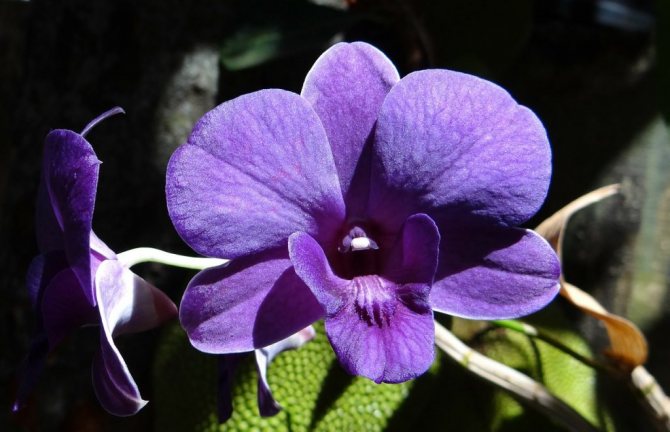

Orchid (Dendrobium)
Here are some of the harmful substances it contains:
- formaldehyde
- xylene
- toluene
- benzene
- ammonia
- alcohols
- acetone
Pollutants are interior items, furniture upholstery, wallpaper, floor coverings, carpets, household chemicals. Harmful bacteria and viruses fly in the air, causing respiratory diseases and allergies. Interestingly, indoor plants selectively absorb gases, as can be seen in the table.
| Harmful substances | Pollutants | Plants filters |
| Ammonia | Household chemicals | Aglaonema, Benjamin's ficus |
| Acetone | Cosmetics | Spathiphyllum |
| Benzene | Paint, varnish, furniture, cigarette smoke | Ivy, gerbera, tradescantia, sansevieria, orchid, spathiphyllum, dracaena, aglaonema |
| Octane | Chemical solvents | Ficus Benjamin |
| Formaldehyde | Household chemicals, building materials, chipboard | Rhododendron, chlorophytum, nephrolepis, dracaena, spathiphyllum, tradescantia, dieffenbachia, date, aglaonema |
| Trichlorethylene | Glue, ink, varnish, paint | Ivy, gerbera, tradescantia, spathiphyllum, dracaena |
back to menu ↑
See also: Spathiphyllum flower - home care, transplant, reproduction (80+ Photos & Videos) + Reviews
Types of harmful compounds in an apartment or house
- Formaldehyde. Hazard class 2. Sources are varnishes, plastic dishes, fiberboard, chipboard, carpets, tobacco smoke, etc. They can cause cancer, decreased vision, asthma, allergies.
- Trichlorethylene. It contains various cleaning agents, paints, stain removers, cartridges. It acts as the strongest carcinogen, has a damaging effect on the liver, central nervous system, kidneys.
- Toluene. Hazard class 3.Sources are varnishes and paints, printers and copiers, wallpaper, solvents. Contributes to the deterioration of vision, headaches, causes poisoning of the body and, as a result, nausea and vomiting.
- Acetone. Hazard class 3. Contained in paints and varnishes, solvents. Affects the central nervous system.
- Benzene. Hazard class 2. Also included in paints and varnishes, surfactants, tobacco smoke. Its action leads to dermatitis, oncology, in particular leukemia, affects the internal organs, and causes mental disorders.
- Ammonia. The sources are tobacco smoke, electronic equipment. It is a neurotoxin. Causes chest pains, edema of the lungs and respiratory tract. Intense exposure may cause respiratory arrest.
Geranium
The smell of geranium (pelargonium) is not loved by everyone. Nevertheless, the benefits of this houseplant are undeniable: the essential oils it secretes have a powerful bactericidal and soothing effect. In an office space, geranium heals the air, protecting employees and visitors from pathogenic microorganisms, and in an apartment it helps its owners to get rid of nervous tension and insomnia.
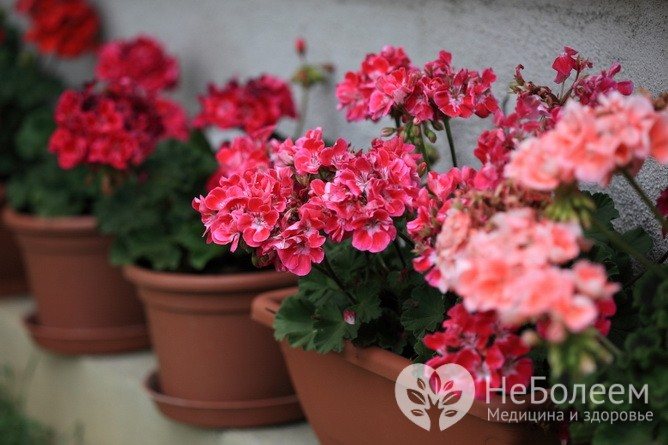

A source:
Ficus
With proper watering and providing good illumination, indoor ficus can grow into a strong tree 130–150 cm high. Its large size is perhaps the only "drawback" of this plant. But the wide leathery leaves of ficus are unusually effective and are able to absorb from the air in large quantities such substances dangerous to humans as formaldehyde, trichlorethylene and benzene vapors. For owners who do not forget to periodically transplant the plant into a large pot, the ficus can live for decades.
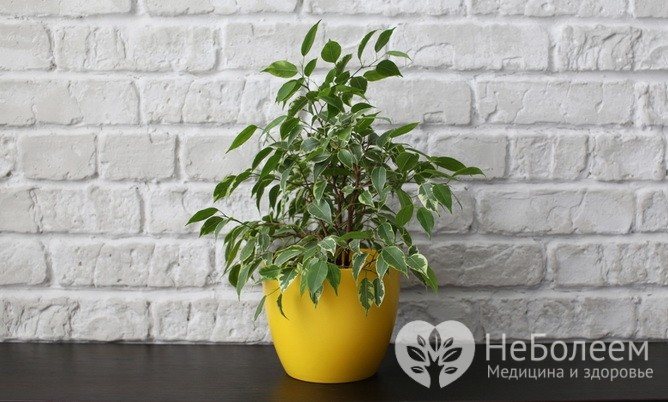

A source:

